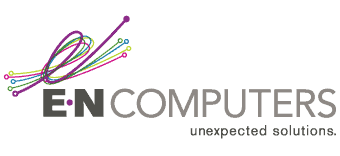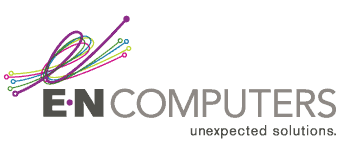IT departments are challenged by the limitations of today’s servers. They are designed to run only one operating system and one application at a time. This means that even small data centers have to use several servers. These servers are only operating at a small percent of their capacity. Most computers operate using as little as 4-7% of their resources. In a virtualized environment savings can be made in power consumption, physical space and resource utilization. Multiple physical machines can be consolidated into fewer machines. Resources can then be allocated efficiently. By reducing waste, there is less hardware. With less hardware, there is less to go wrong. In the end, there will be improved levels of redundancy. You can use fewer resources to accomplish the same tasks. A physical system becomes inefficient.
Virtualization uses software to simulate hardware. That creates a virtual computer system. This allows businesses to run more than one virtual system on a single server. This system becomes very efficient since it can include multiple operating systems and applications. Compared to physical IT solutions, virtualization provides more efficient and cost-effective disaster recovery. With zero downtime, your business will have a solution that provides protection against lost revenue during a disruption.
Virtualization is not just a server-based concept. The technique is a valuable IT Solution. It can be applied to
machines on both the Server and Desktop. It works with Applications on Desktops, Storage, Networking, and Application Infrastructure.
Virtualization is a key IT solution. It gives businesses agility. It is the pathway to the cloud. The cloud is the route to major IT changes like big data analysis, mobility, and social media.

